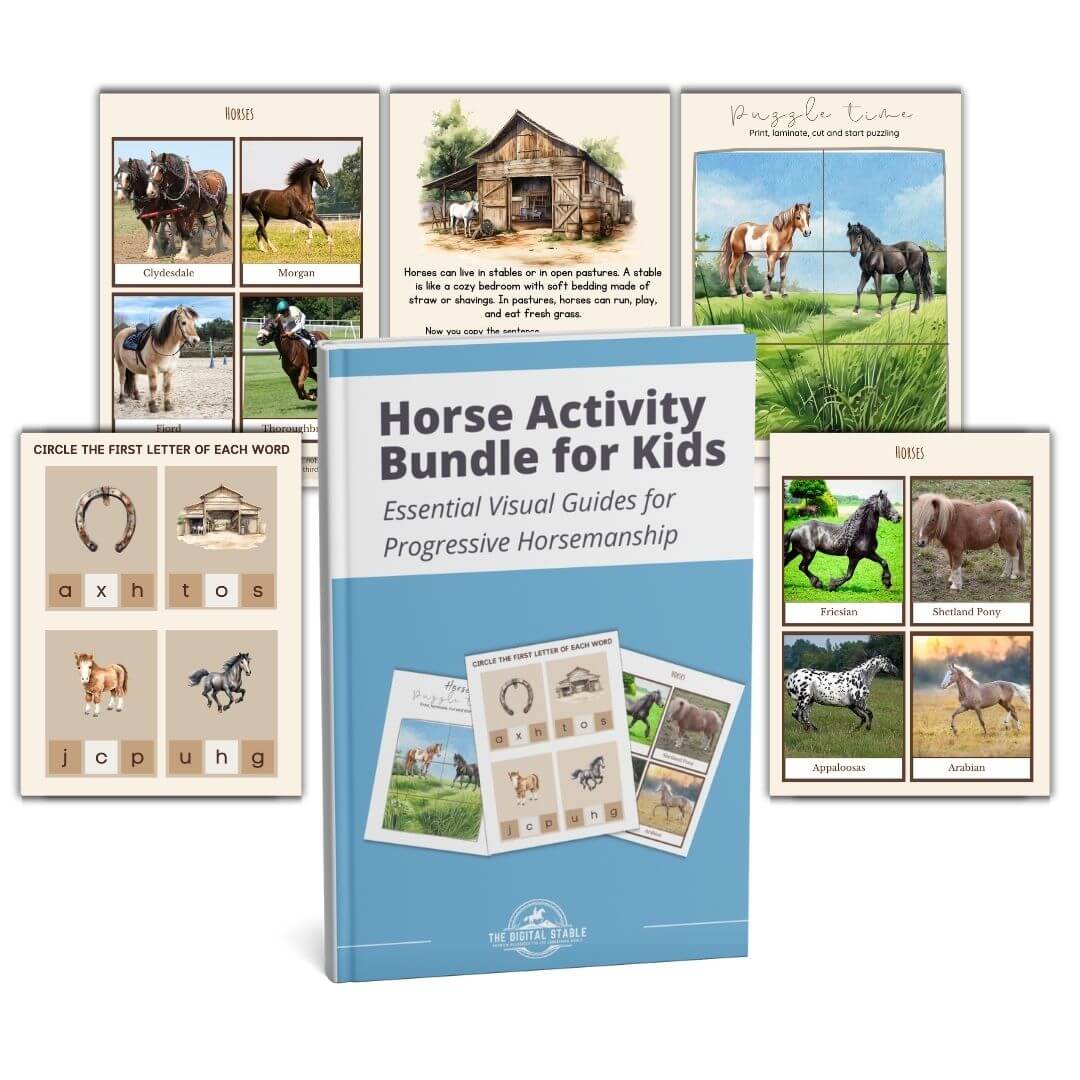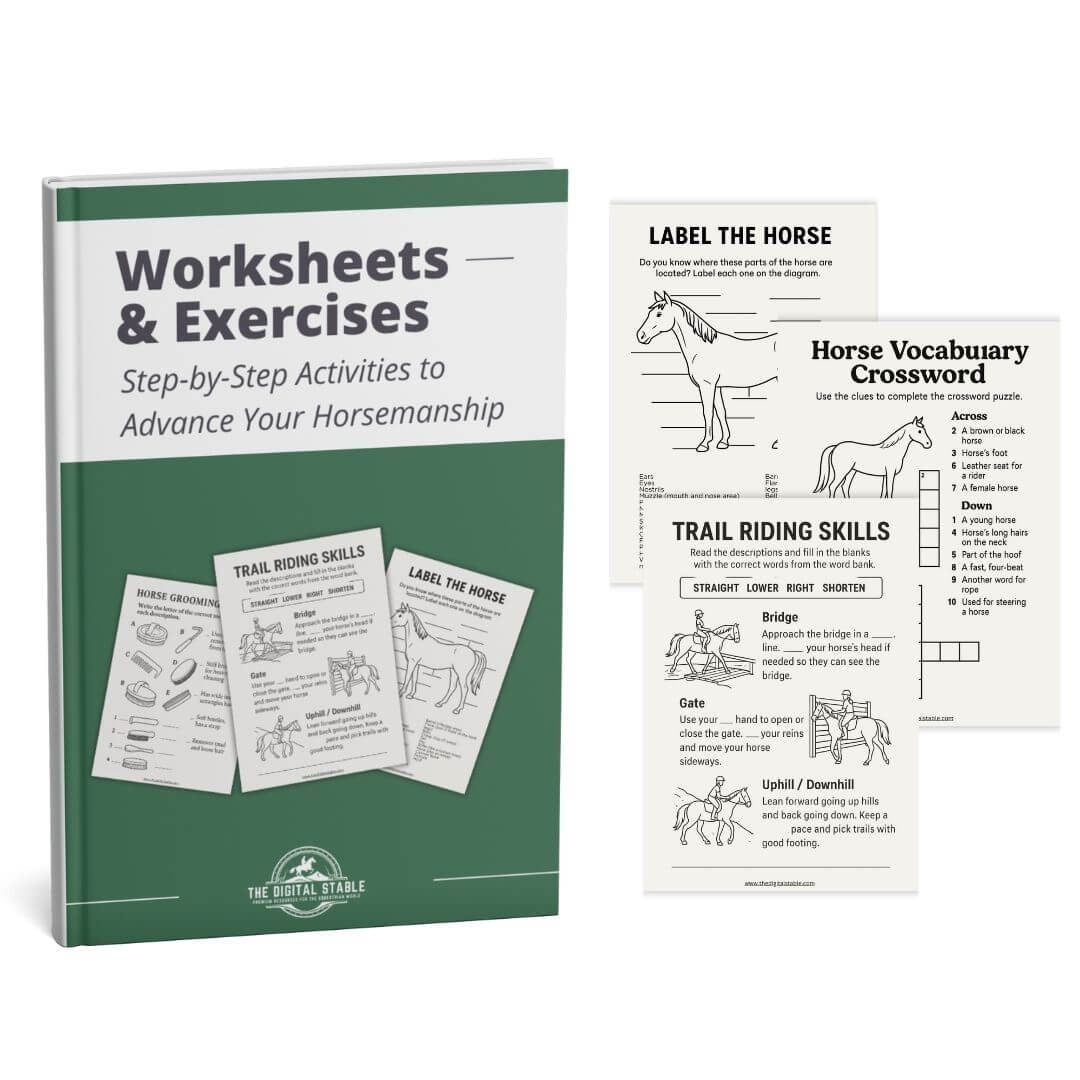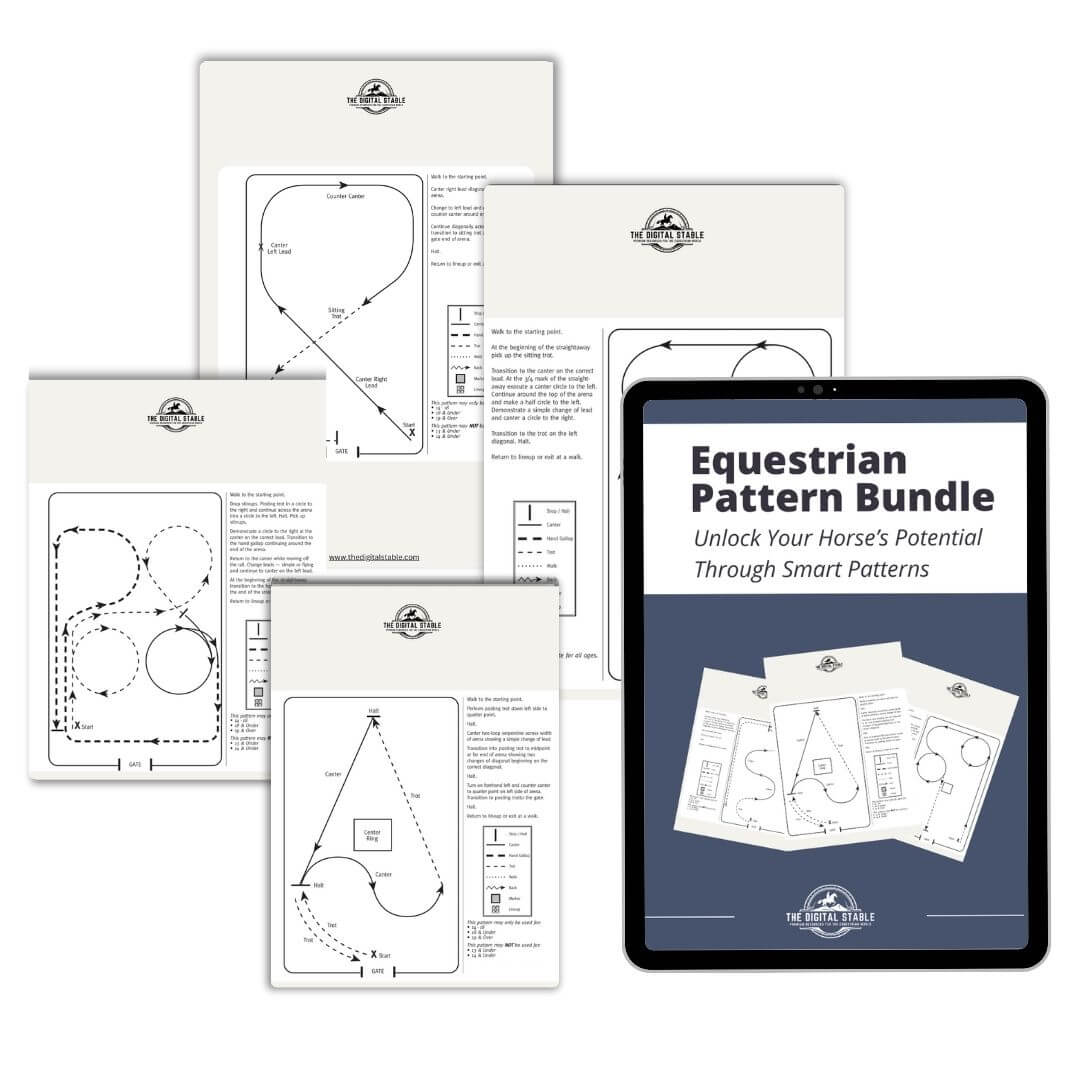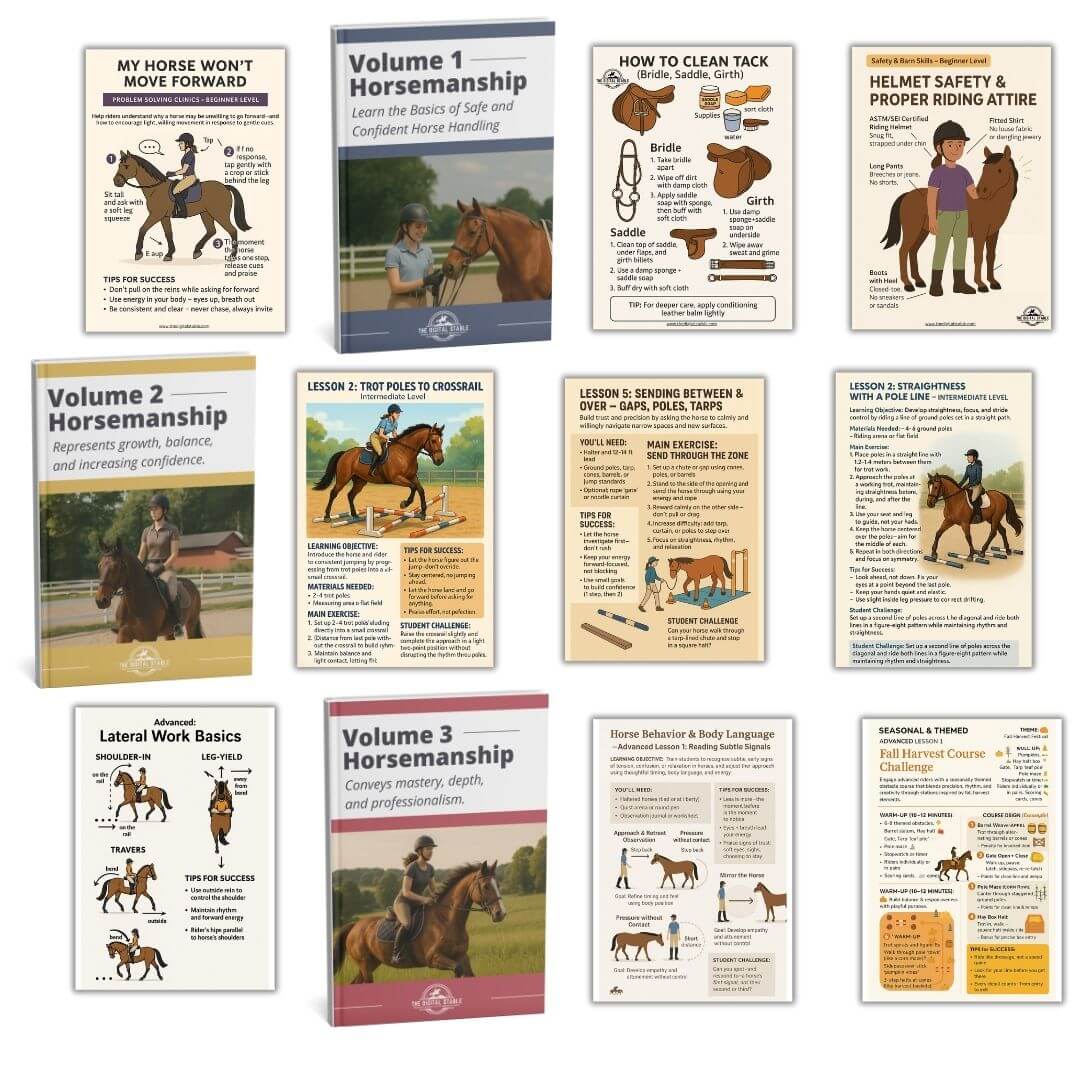Lunging isn’t just about letting your horse burn energy—it’s a powerful training tool that builds voice cues, rhythm, balance, and trust. When done right, lunging helps your horse tune in to your body language and prepares them for ridden work.
In this post, we’ll walk you through the essentials of lunging safely and effectively.
What Is Lunging?
Lunging involves asking your horse to move around you in a circle while you guide them using a lunge line and your energy. It’s ideal for:
-
Teaching voice cues
-
Improving balance and responsiveness
-
Warming up before riding
-
Working on transitions and gait control
What You’ll Need:
-
Halter or cavesson
-
Lunge line (10–14 ft)
-
Lunge whip (as an extension of your arm—not punishment)
-
Gloves and helmet (for you)
-
A flat, enclosed area with safe footing
Step-by-Step: How to Lunge a Horse
1. Attach the Lunge Line
Clip the lunge line to the center ring of a cavesson or the side of a halter. Make sure it’s untangled and ready.
2. Establish the Triangle
Imagine a triangle:
-
One line from you to the horse
-
One from you to the whip
-
One from horse to whip
You are the anchor in the center.
3. Send Your Horse Out
Use your body language and voice cue (e.g., “Walk on”) to send them out into a circle. You can raise the whip gently behind the horse to encourage forward movement.
4. Maintain the Circle
Keep a steady rhythm. Use soft verbal cues and posture to control speed and direction. Let the horse move freely—don’t hold the line tight.
5. Add Transitions
Try “Trot,” “Whoa,” “Walk,” or “Canter” once the horse is settled. Use your body (stepping forward = slow, stepping back = go) to reinforce your cues.
6. Switch Directions
After 5–10 minutes, reverse direction to work both sides equally. Always reward with a pause or kind voice when they respond well.
Tips for Success
-
Don’t chase. Invite forward movement with calm energy.
-
Stay consistent. Use the same cues every time.
-
Reward the try. Praise small improvements.
-
Be mindful of the circle size. Don’t pull the horse into tight turns.
Student Challenge
Can you lunge your horse through a walk-trot-halt-walk sequence using only voice and body language—no whip or rope pressure?
Track how quickly your horse responds and how soft you can make your cues.
🎁 Want a Visual Guide?
Download our Lunging On a Circle lesson + printable diagram from The Digital Stable to keep at your arena or share with students.












